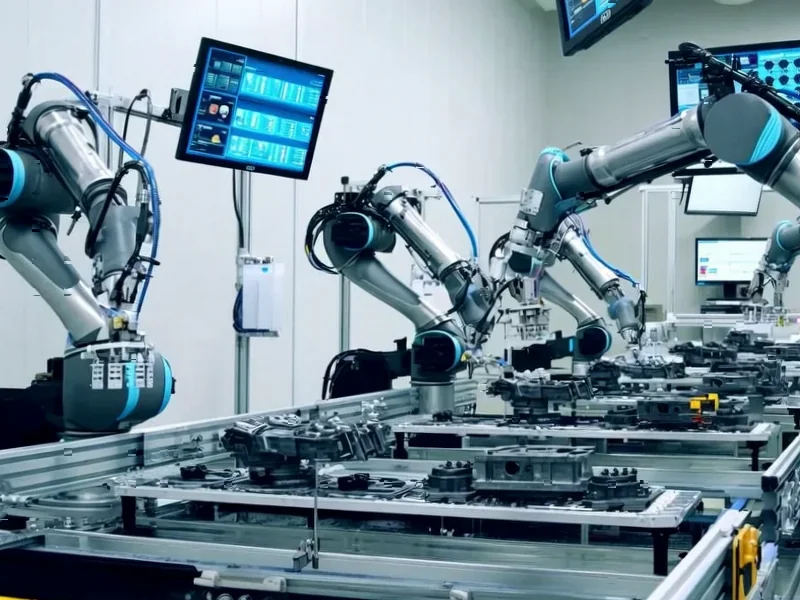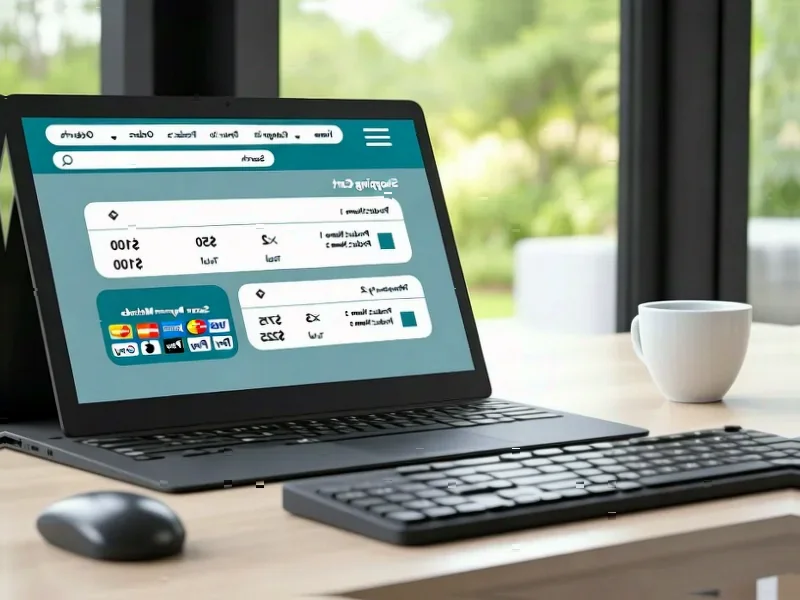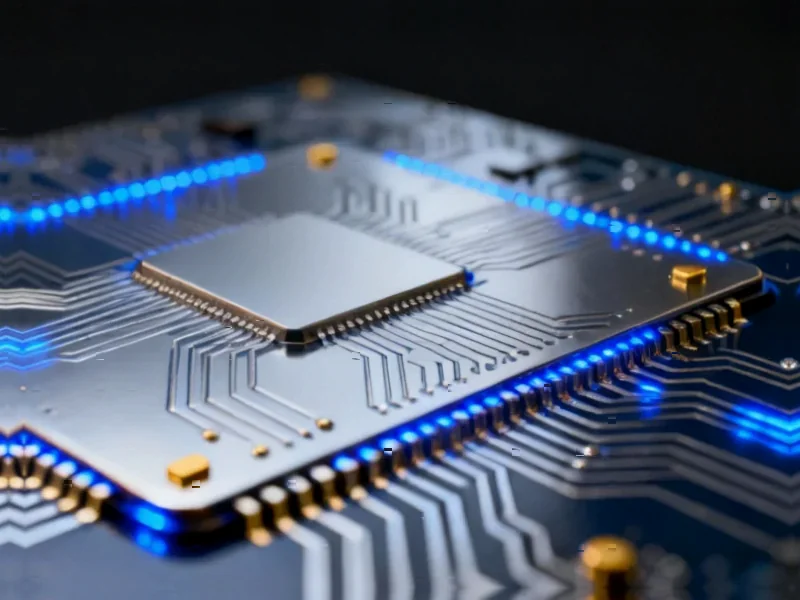According to EU-Startups, Zurich-based robotics company mimic has raised €13.8 million in Seed funding to deploy frontier physical AI across industries, enabling robots to handle complex, dexterous tasks that conventional machines cannot. The round was led by Elaia alongside Speedinvest, with participation from Founderful, 1st kind, 10X Founders, 2100 Ventures and Sequoia Scout Fund, bringing the company’s total funding to over €17 million. Founded in 2024 as a spin-off from ETH Zurich, mimic has developed AI foundation models and humanoid robotic hands that capture human movement data from factory floors to train robots via imitation learning. The company is already piloting with Fortune 500 manufacturers and global automotive brands, addressing a market that could reach $38 billion for humanoid and dexterous robotics by 2035. This funding signals a strategic shift toward practical robotics solutions over flashy humanoid concepts.
The Practical Alternative to Humanoid Hype
Mimic’s approach represents a fundamental challenge to the humanoid robotics narrative that has dominated venture funding. While companies like Tesla, Figure, and Boston Dynamics have captured headlines with full-body humanoid robots, mimic’s focus on dexterous hands paired with standard robotic arms addresses the actual economics of industrial automation. The reality is that most factory tasks don’t require bipedal mobility or full humanoid form factors—they require the fine motor skills and adaptability that human hands provide. By concentrating on the most valuable part of the humanoid equation—dexterous manipulation—mimic can deliver immediate ROI without the safety concerns, regulatory hurdles, and astronomical costs associated with full humanoid systems.
Market Implications and Competitive Landscape
This funding round reveals a maturing robotics investment landscape where practical deployment is becoming more important than technological spectacle. The broader robotics market is experiencing a bifurcation between research-focused humanoid projects and commercially viable automation solutions. Mimic’s approach directly threatens traditional industrial robotics companies that rely on expensive custom programming and rigid automation. More importantly, it creates a new competitive category between basic robotic arms and full humanoids—one focused on adaptable manipulation rather than either repetitive tasks or human-like appearance. This could accelerate automation adoption in sectors like electronics assembly, pharmaceutical manufacturing, and food processing where delicate handling has resisted automation.
The Data Collection Advantage
Mimic’s most significant competitive advantage lies in its data collection methodology. By capturing human demonstrations directly from factory floors without disrupting operations, the company solves one of robotics’ fundamental challenges: the data scarcity problem. Traditional robotics relies on simulated environments or laboratory conditions that don’t translate well to real-world variability. Mimic’s approach of training on actual production data creates AI models that understand the nuances of real manufacturing environments—something that pure simulation-based approaches struggle to achieve. This positions them well against competitors who rely on synthetic data or limited laboratory demonstrations.
European Robotics Ecosystem Strengthens
The success of mimic and other European robotics startups like Energy Robotics and General Intuition signals Europe’s emerging strength in practical AI and robotics. While the U.S. and China dominate humanoid robotics funding, Europe is building a competitive advantage in deployable industrial automation. The continent’s strong manufacturing base, particularly in Germany, Switzerland, and Northern Italy, provides both testing grounds and immediate customers for these technologies. This creates a virtuous cycle where European robotics companies can iterate faster based on real industrial feedback, potentially giving them an edge in solving actual business problems rather than pursuing technological trophies.
The Road to Widespread Adoption
Despite the promising technology, mimic faces significant adoption challenges. Manufacturing environments are notoriously conservative about implementing new automation, particularly when it involves AI-driven systems that may behave unpredictably. The company will need to demonstrate not just technical capability but also reliability, safety, and consistent ROI to overcome manufacturing’s natural skepticism. Additionally, as they scale, maintaining data quality across diverse applications and industries will become increasingly complex. The International Federation of Robotics notes that while automation adoption is accelerating, integration challenges remain significant barriers.
Investment Outlook and Future Direction
The €13.8 million seed round, while substantial, represents just the beginning of the capital required to scale robotics hardware and AI systems. Mimic will likely need significantly larger follow-on rounds to achieve manufacturing scale and global deployment. The company’s success will depend on their ability to transition from pilot programs to volume deployments while maintaining their technological edge. As more players enter the dexterous robotics space, differentiation will become increasingly important. Mimic’s early focus on ETH Zurich’s research foundation gives them a strong starting position, but maintaining leadership will require continuous innovation in both hardware and AI models.




